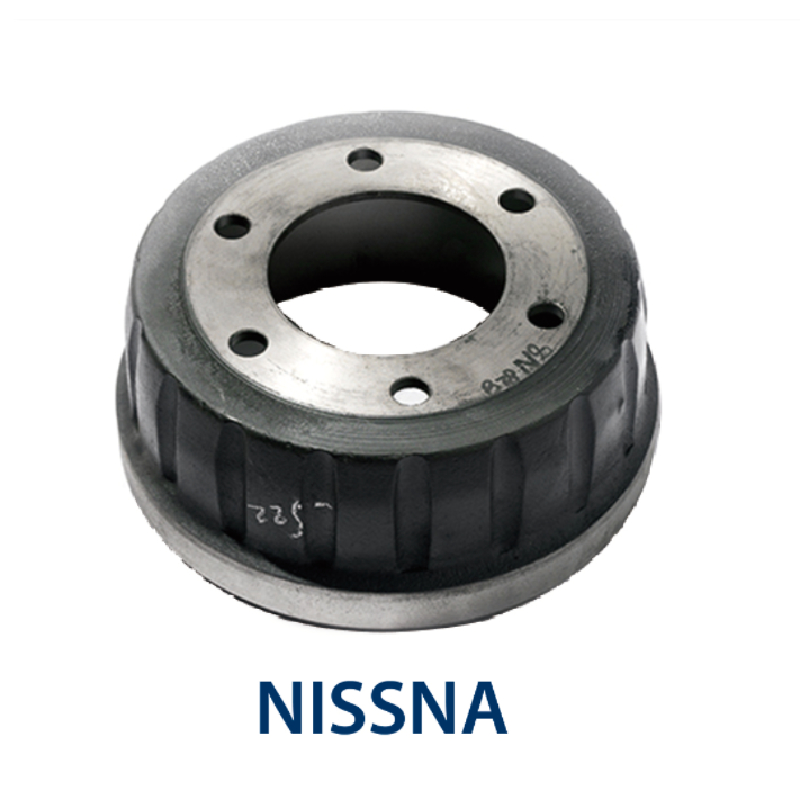செப் . 17, 2024 00:44 Back to list
Brake Drum Size Guide - Understanding Specifications, Benefits, and Selection
Understanding Brake Drum Size Importance and Considerations
Brake systems are a crucial component of any vehicle, ensuring safety and reliable performance. One of the key elements of a drum brake system is the brake drum itself. Understanding brake drum size is vital for both vehicle safety and performance, as it directly impacts the vehicle's braking efficiency and maintenance.
What is Brake Drum Size?
The brake drum is a cylindrical structure that houses the brake shoes, which press against the inside surface of the drum to create friction and slow down the vehicle. The size of the brake drum refers to its diameter and width. These dimensions are critical, as they determine the drum’s ability to dissipate heat and accommodate the brake shoes effectively.
Significance of Brake Drum Size
1. Braking Performance The size of the brake drum plays a significant role in how effectively a vehicle can stop. A larger drum provides a greater surface area for the brake shoes to make contact, which can improve braking power and responsiveness. However, if the drum is too large, it may add unnecessary weight, which could negatively impact fuel efficiency.
brake drum size

2. Heat Dissipation Braking generates heat, and efficient heat dissipation is vital to prevent brake fade—where brakes lose effectiveness due to overheating. Larger brake drums tend to dissipate heat more effectively than smaller ones because of their increased surface area, making them better suited for heavy-duty applications or high-performance vehicles.
3. Compatibility and Sizing When replacing or upgrading brake drums, it’s essential to ensure that the size is compatible with the vehicle. Each vehicle manufacturer specifies certain dimensions to match the brake system’s design. Using the wrong size can lead to poor braking performance and even damage to other components.
4. Maintenance Considerations Regular inspection of brake drums is crucial. Over time, brake drums can become warped or scored due to friction and heat, which compromises their effectiveness. When assessing brake drums, one should measure their size and check for any signs of wear. If drums are too thin, they must be replaced to maintain safety standards.
Choosing the Right Brake Drum Size
When selecting brake drums, it's vital to consider the vehicle type, usage, and manufacturer specifications. For instance, passenger vehicles may require different drum sizes compared to commercial trucks. Consideration should also be given to the intended use of the vehicle; heavier loads and frequent stops may necessitate larger brake drums.
In conclusion, understanding brake drum size is imperative for vehicle safety and performance. It affects not only the vehicle's braking efficiency but also its overall handling and longevity. Vehicle owners should pay close attention to their brake systems, ensuring that the size and condition of brake drums meet safety standards and manufacturer specifications for optimal performance. Regular maintenance and checks can help prevent brake-related issues, contributing to safer driving experiences.
-
Durable Brake Drum MAZ for Heavy Duty Trucks | High Performance
NewsAug.26,2025
-
FUWA: Premium Quality, Reliable Performance & Innovative Solutions
NewsAug.25,2025
-
Liza Brake Drum: Superior Quality & Performance for Safe Driving
NewsAug.24,2025
-
Iveco Brake Drum | Premium OE Quality for Daily & Eurocargo
NewsAug.22,2025
-
Your Brake Drum Man: Quality & Performance Parts
NewsAug.21,2025
-
Explore Japan: Ultimate Travel Guide & Authentic Experiences
NewsAug.19,2025
